It's Kate here, and as always, I have a sweet tooth recipe.
I think, subconsciously, I'm against anything and everything about strawberries. As a kid, I ate so many of them one summer I broke out in hives. I never ate them again until adulthood, because I was told I was allergic. I think my small, 3-year-old body simply couldn't handle five pounds of strawberries, or however many I ate. I don't even remember it happening. Turns out, I'm not allergic. At least, not when I don't eat my own weight in them.
Anyway, there are extra steps to making strawberry jam, verses other jams, like blueberry or blackberry. First, cutting the stems, coring them, and cutting the strawberries takes forever. Count on it taking hours, especially when working with locally grown berries, which aren't the ginormous berries found at most grocery stores year round. (I don't want to know what's done to them for them to be that big.) Basically, I never knew how big strawberries were supposed to be until I started picking and canning them. Picked strawberries are tiny, usually about double the size of a blackberry. Sad but true. Also, strawberry season is very short compared to most other fruits, only a week or two, so take advantage of the berries while they're around! Picking season here will probably be over by the end of this weekend.
Other extra steps when making strawberry jam include clearing foam that forms on the top of the jam when its cooking down. The foam needs to be scooped up constantly. This doesn't happen when cooking other fruits.
Lastly, when putting the stuff into jars, popping the air pockets with a sterilized pointy item, like a butter knife. Just go around the inside edges a few times to eliminate that problem.
I'm sorry for all of the snide comments. I'm a complainer by nature. The finished project, however, is delicious and worthwhile. And when canned via water boiling, it can keep for a year or more, without refrigeration. That always amazes me. It's magic. Even better, it's completely customizable, and I know exactly what goes into it, unlike the store bought stuff. I usually like putting in less sugar than what recipes call for, because the jam tastes tangier and fruitier that way. (And it's not super sweet.)
Anyway, here it goes:
Strawberry Jam
Recipe adapted from the Ball Blue Book Guide to Preserves
Yields about six 8 oz jars (have an extra jar or two ready just in case)
Ingredients:
• About two quarts of sweet, sweet strawberries
• 1/4 cup lemon juice
• 6 tablespoons (or one box) pectin
• 4 cups sugar (original recipe calls for 7 cups)
Directions:
Wash strawberries; drain. Remove stems. I like my jam with pieces in it, so I just crush the strawberries with a potato masher while they're cooking. Combine strawberries, pectin and lemon juice in a large sauce pot. Bring to a boil, stirring occasionally. Add sugar, stirring until dissolved. Return to a rolling boil. Boil hard 1 minute, stirring constantly. Remove from heat. Skim foam if necessary. Ladle hot jam into sterilized hot jars, leaving 1/4 headspace. Attach two-piece. Again, lids need to be sterilized. Process 10 minutes in a boiling water canner.
Once removed from canner, leave jars sit undisturbed for 24 hours. After a day, check seals by pushing the lid. If they stay in place, without flexing up or down, they're sealed. If they move up and/or down, the container hasn't sealed, and you can either water boil it again with a new lid or refrigerate immediately to eat.
For clarification's sake: Jars and rings can be used countless times. Lids, however, when water boiling to preserve, can only be used once.
Side note: My favorite part of the canning process, besides the food of course, is hearing the pop of the jars after taking them out of the canner. That means they're sealing! I'm probably just weird.
Also, please please please, if you've never canned before and plan on trying it out, read up on it first. Ball is the saint of canning, so you can read more about how to do it the right way here. While a canning pot helps, things can be water boiled in a large pot just fine. It's just good to be educated about it, since botulism is a very rare but dangerous risk if not done properly. It's most common when canning foods with low acidity (not so much strawberries with lemon juice), but still, it's better to be safe than sorry.
On a brighter not, here's the glorious end result:
Have you ever canned before?
P.S. You can also view this recipe on my blog, Thriftburgher.

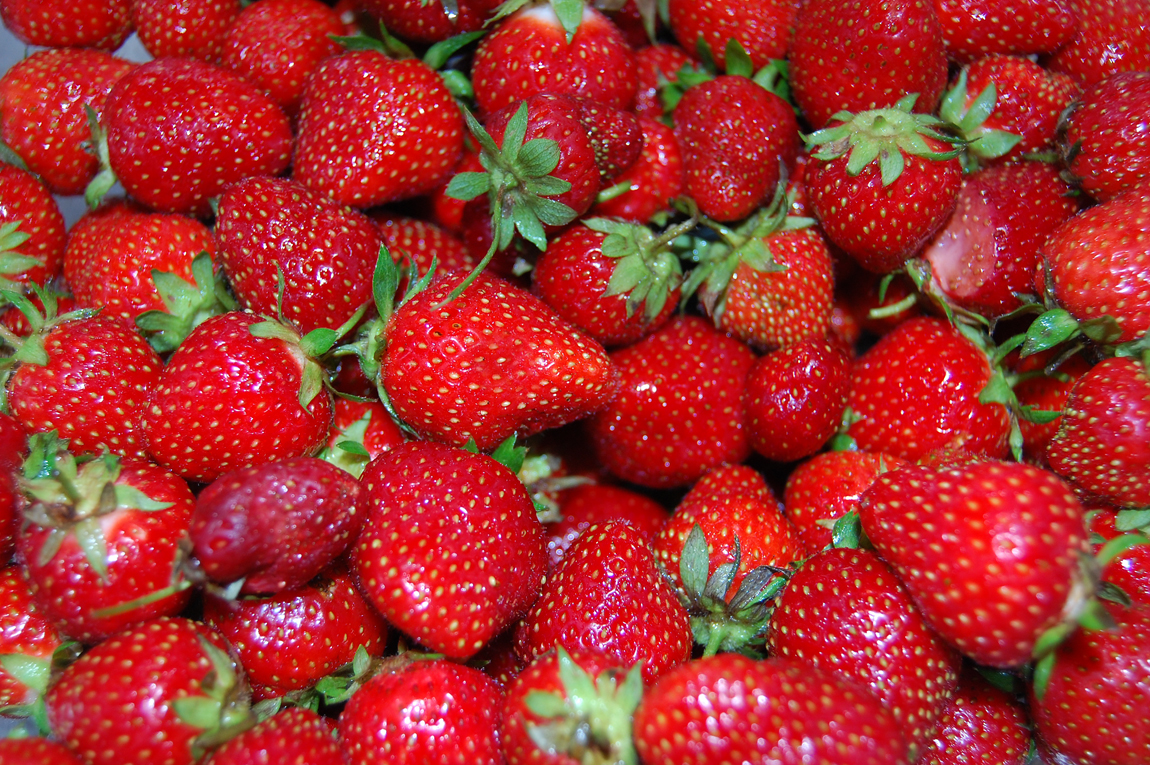
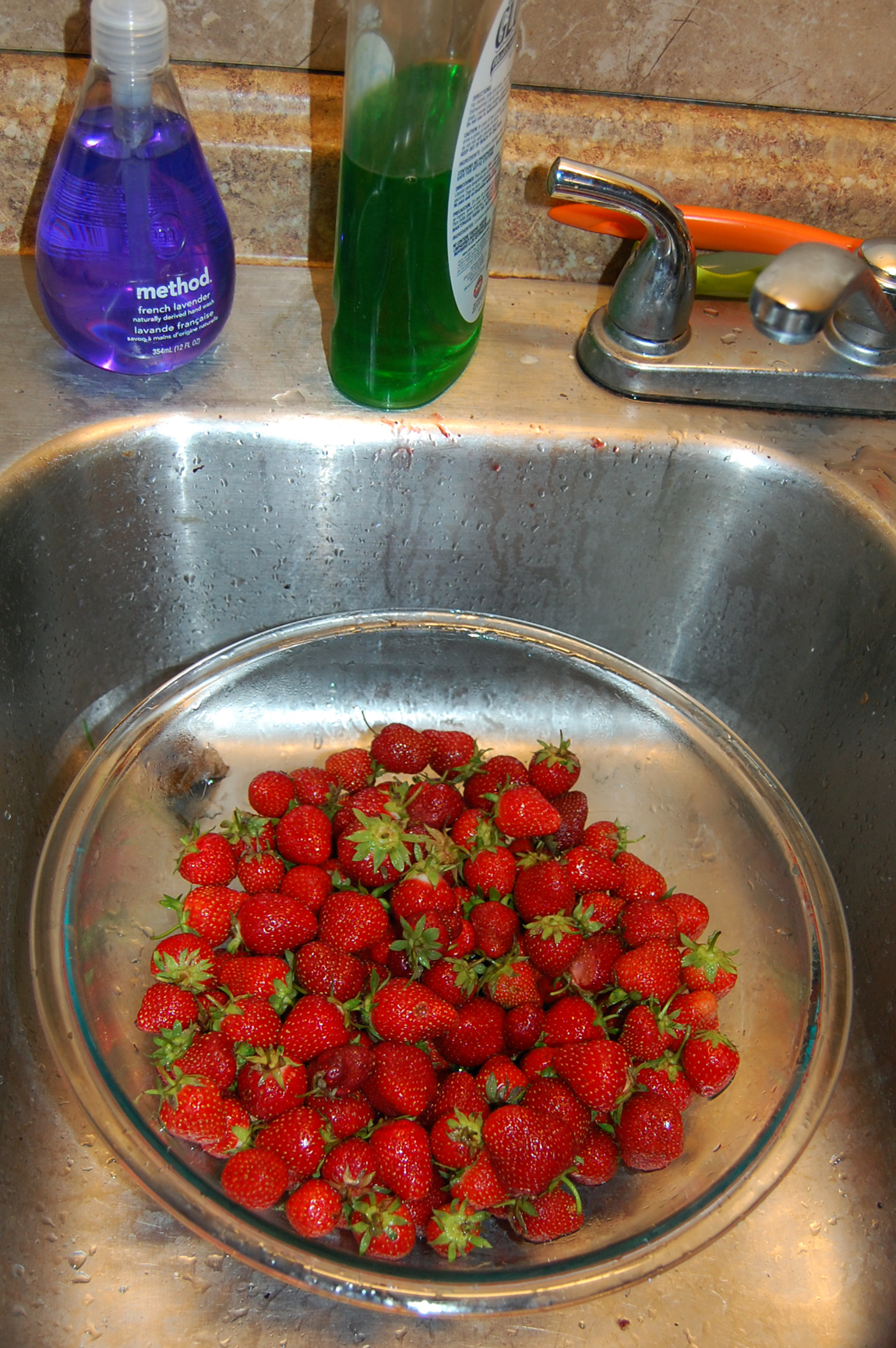
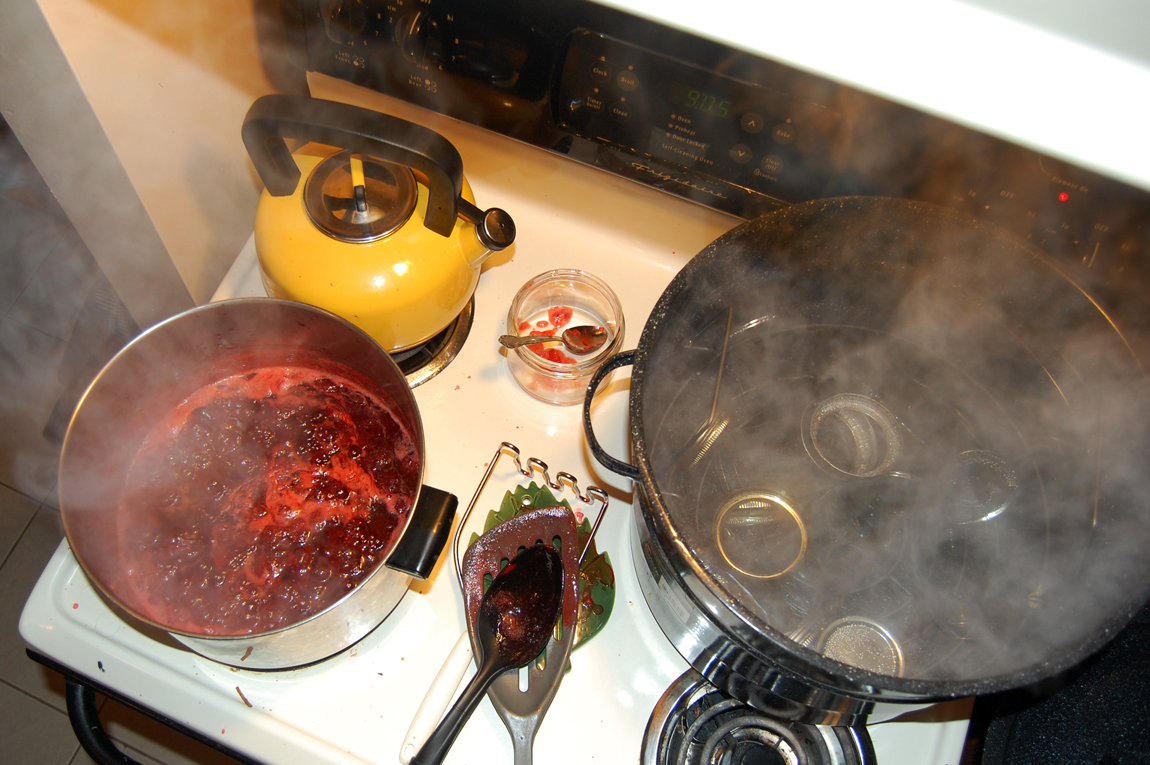

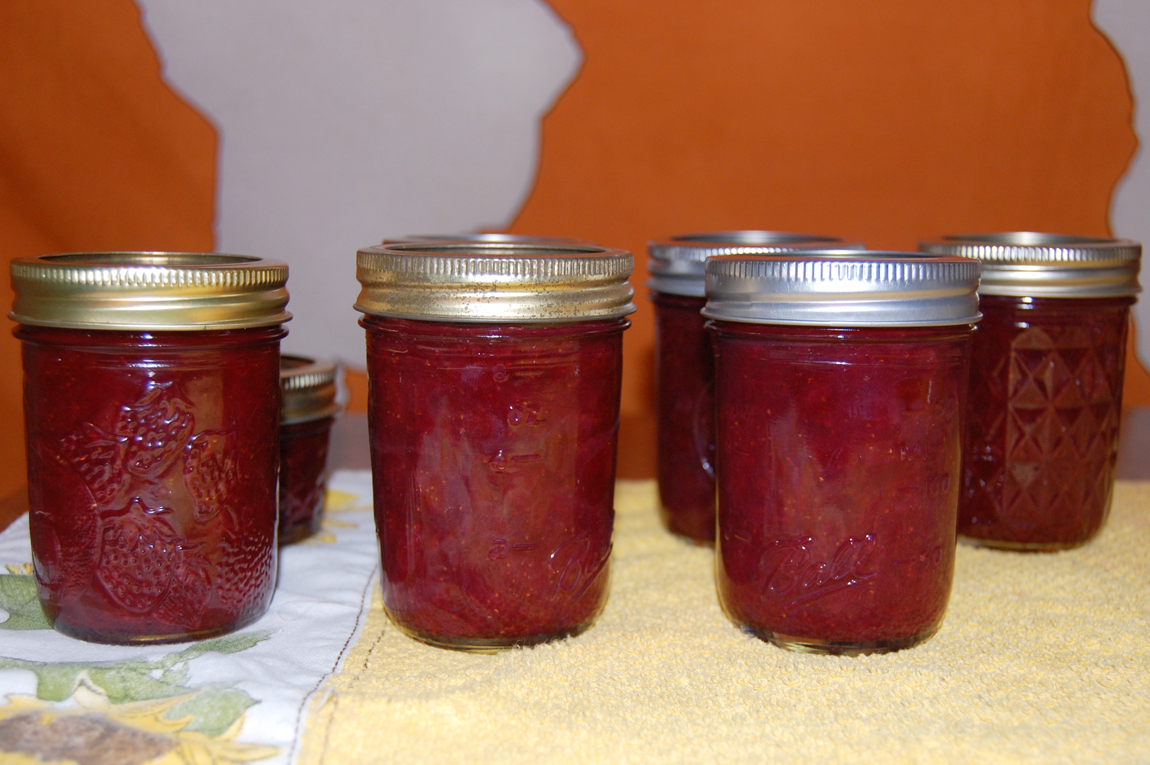
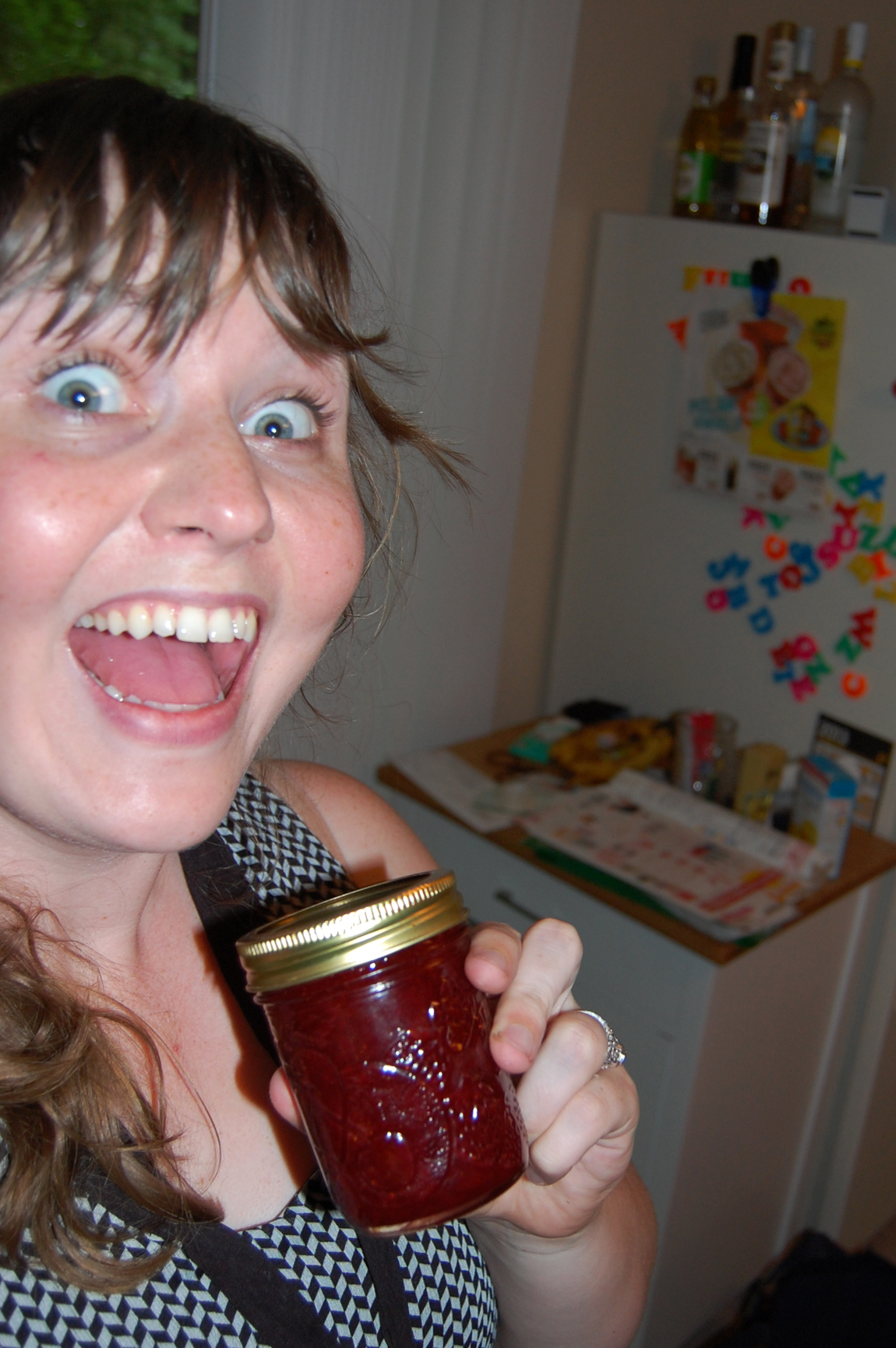
No comments:
Post a Comment